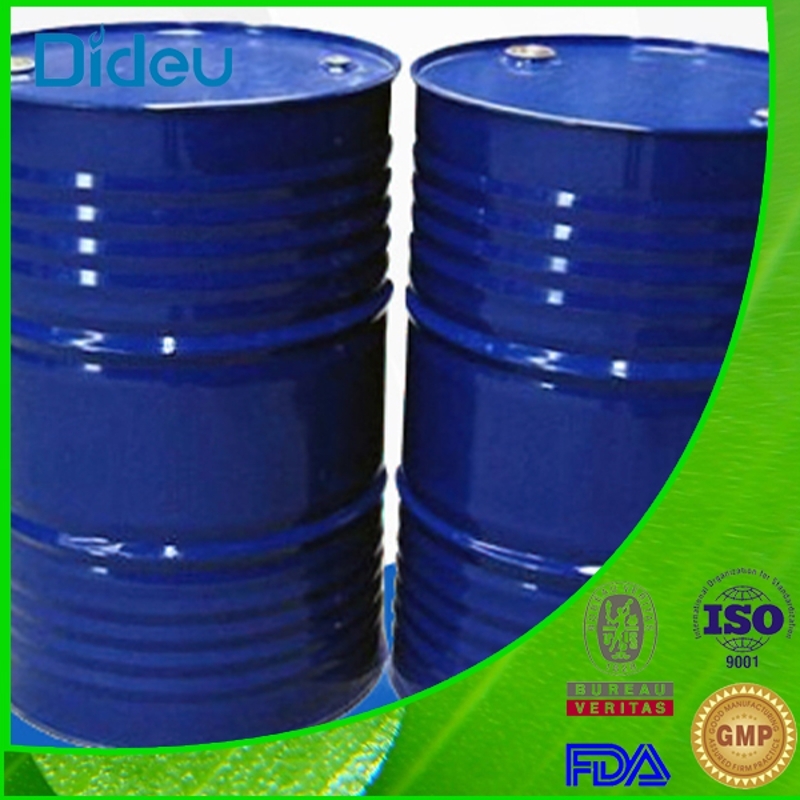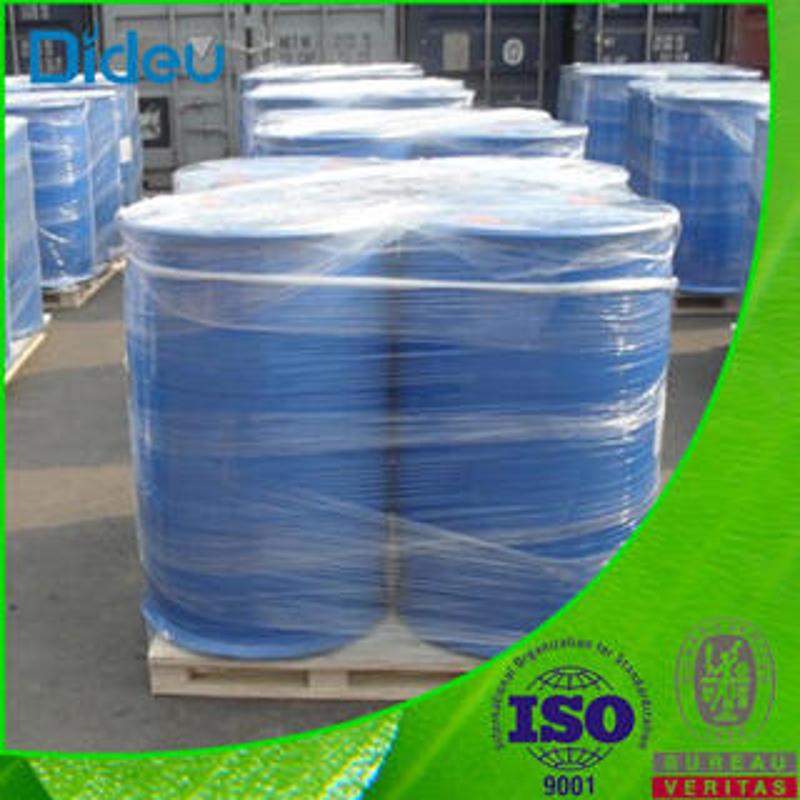-
Categories
-
Pharmaceutical Intermediates
-
Active Pharmaceutical Ingredients
-
Food Additives
- Industrial Coatings
- Agrochemicals
- Dyes and Pigments
- Surfactant
- Flavors and Fragrances
- Chemical Reagents
- Catalyst and Auxiliary
- Natural Products
- Inorganic Chemistry
-
Organic Chemistry
-
Biochemical Engineering
- Analytical Chemistry
-
Cosmetic Ingredient
- Water Treatment Chemical
-
Pharmaceutical Intermediates
Promotion
ECHEMI Mall
Wholesale
Weekly Price
Exhibition
News
-
Trade Service
As can be known from Figure 3, Figure 3 (a) and Figure 3 (b) particles are relatively standard, and the profile is more rounded, it can be known that sample A and sample B have been better surface treatment, but Figure 3 (b) compared to Figure 3 (a), the particle distribution is more uniform, the particles are more rounded; The shape of titanium dioxide particles affects the performance of titanium dioxide and requires a rounded and smooth profile. When the general particles are round, the particles with the highest scattering rate and round regulation have the best pigment performance. It is required to avoid angular particles as much as possible, because the angular particles will reduce the reflection of light, the optical performance is the worst, and when stacked together, the space volume is large, the corresponding high oil absorption. In the range greater than half wavelength, the finer the particles, the smoother the contours of the particles, the greater the surface area and dispersion, the greater the cover force, the stronger the force on light. Then the appearance of the coating film appears uniform, delicate, less color spots, small color difference. It can be known that the performance of sample B is better than sample A and sample C, sample C performance is the worst.
2.2 EDS . SEM magnifies tiny titanium dioxide particles to a visual level, visually analyzes the area to be observed, and the elements in the element, except Ti and part O, are the elements of the cladding, and the type and cladding of the titanium dioxide are identified by characterifying and quantifying these elements. Figure 4 is an EDS map of three samples.through Figure 4, and combined with the calculation can be found: sample A is aluminum cladding, cladding is about 1.1%, sample B is silicon aluminum cladding, of which Al2O3 is 0.8%, SiO2 is 0.2%, sample C has not been covered. Through the above examples, it can be found that SEM/EDS can easily and intuitively study titanium dioxide and its surface bread cover, which greatly facilitates the evaluation of the performance of titanium dioxide use, thus clearly providing guidance for the selection of titanium dioxide. In addition, because titanium dioxide is almost all rice-like structure, and titanium white powder particles easy to reunite, even after adequate ultrasonic dispersion, there will still be a small number of particles together, there will be no particles alone. Based on the unique granular structure of titanium dioxide, it can be easily identified from complex pigment systems. Based on this characteristic of titanium dioxide, the analysis of titanium dioxide in mixed pigment systems can also be done using SEM/EDS.3 transmission mirror (TEM)transmission mirror is a high-resolution, high magnification electron microscope, but also to observe tiO2 surface change effect more commonly used methods. Through the transmission mirror, you can observe the grain surface bread cover. Figure 5 is a TEM diagram of three samples.. Visible from Figure 5, sample A cladding is more uniform and dense, which will make titanium dioxide to obtain better weather resistance, sample B particle edge has obvious flocs, loose cladding, because many of its cladding is stretched outside, so it can and dispersion medium has a better fusion, more easily dispersed; sample C does not cover. The TEM provides a more intuitive understanding of the coating effect of titanium dioxide, thereby evaluating its dispersion and oil absorption.4 Laser particle size meterthe particle size and particle size distribution of titanium dioxide is a very important indicator, it directly affects the performance of titanium white powder itself and even coating products. The particle size of titanium dioxide particles seriously affects their scattering coefficient. The particle size distribution width of the particles should be as narrow as possible for titanium dioxide powder with excellent pigment performance. Accurate detection of the particle size distribution of titanium dioxide, from the distribution map can initially judge the quality of intermediate products and finished products, is conducive to guide the production of titanium dioxide and paint raw materials selection. Therefore, the efficient and accurate determination of the particle size and particle size distribution of titanium dioxide is of great guiding significance to both production and technical research and development. In order to meet the needs of particle size testing in the development of modern science and technology and production practice, many particle size testing instruments based on different working principles have been developed, which have different characteristics and applications. The laser particle size meter, based on the principle of light scattering, has been widely used at home and abroad for its outstanding advantages, and has occupied a dominant position in the field of particle size testing.for titanium dioxide samples, dry testing is optional or wet testing is optional. Select dry test to choose a suitable dispersion pressure, only the selected pressure size can make the sample particles completely dispersed, in order to accurately measure the particle size distribution of the sample, otherwise the results of the sample reunion particles particles particle size distribution. Wet testing, the selection of dispersion medium and dispersant is very important, only according to the characteristics of the sample to choose the appropriate dispersion medium and dispersant can obtain accurate particle size distribution results. Figure 6 shows the particle size distribution curve of the three samples.. Through Figure 6, it can be found that sample A and sample B show a better normal distribution, but the distribution of sample B is narrower, and more distributed in the half-wavelength interval, it can be known that the optical performance of sample B is better than sample A. The distribution of sample C is more scattered, and the particle size is larger, so the use performance of sample C is poor. Particle size analysis can accurately determine the particle size and particle size distribution of titanium dioxide, so as to choose the right product according to the actual needs.5 X-ray fluorescence (XRF) XRF uses primary X-rays to excite atoms in the sample under test, and when the atoms return to the base state from the excitation state, the excess energy is released in the form of fluorescence (secondary X-rays). The X-rays released are related to the atomic structure, and the differences between different atomic energy levels are different, so the energy and wavelength of the X-rays released are different, and the detection system qualitatively classes elements according to the energy or wavelength. The intensity of X-rays is related to the content of elements in the sample, and the elements are quantified according to the correspondence between the intensity of X-rays and the content of elements. XRF allows for rapid determination of TiO2 content, cladding content and various impurity element contents in titanium dioxide. The standard curve is first established when elemental determination is made. Mix substances containing impurity elements that may contain titanium dioxide, such as TiO2, Cladding (ZrO2, Al2O3, SiO2) and Fe2O3 and CaSO4, which have a purity of 100%, into a series of standard samples applicable to the test range according to the melt legal system, and then test them in XRF to establish a standard curve of the correspondence between X-ray strength and element content.test the titanium dioxide powder, dry the sample in an oven at 105 degrees C to remove the volatiles from the sample. Testing is best in accordance with the melt sample, so that the sample mixing evenly, and the surface is flat, can minimize the impact of particle scattering on X-ray intensity, but the melting method is more complex, long time. For this can be used in the pressure sheet legal sample, that is, the sample is fully ground, put into the press chip, the error is relatively large melting chip method will be quite large, but the pressure chip method is simple and convenient, so generally commonly used pressure chip legal sample. The test data are then brought into the standard curve to calculate the content of various elements in the sample, so as to evaluate the titanium dioxide according to the content of the element, and select the titanium dioxide products suitable for the coating formulation.6 ConclusionWith the help of instrument analysis technology, titanium dioxide can be quickly characteristiced, and these test data, combined with mature titanium dioxide theory, can quickly complete the evaluation of titanium dioxide performance. Especially through a number of analytical techniques combined with each other, the various technologies complement each other, more enriched the research means of titanium dioxide. According to the results of instrument analysis, it can provide effective guidance for the grasp of titanium dioxide quality and the selection of coating raw materials. And for a large number of titanium dioxide identification, instrument analysis technology more traditional test methods, can efficiently and accurately give the analysis results, greatly improving the efficiency of work. With the development of titanium dioxide industry, instrument analysis technology will play an increasingly important role.
.






